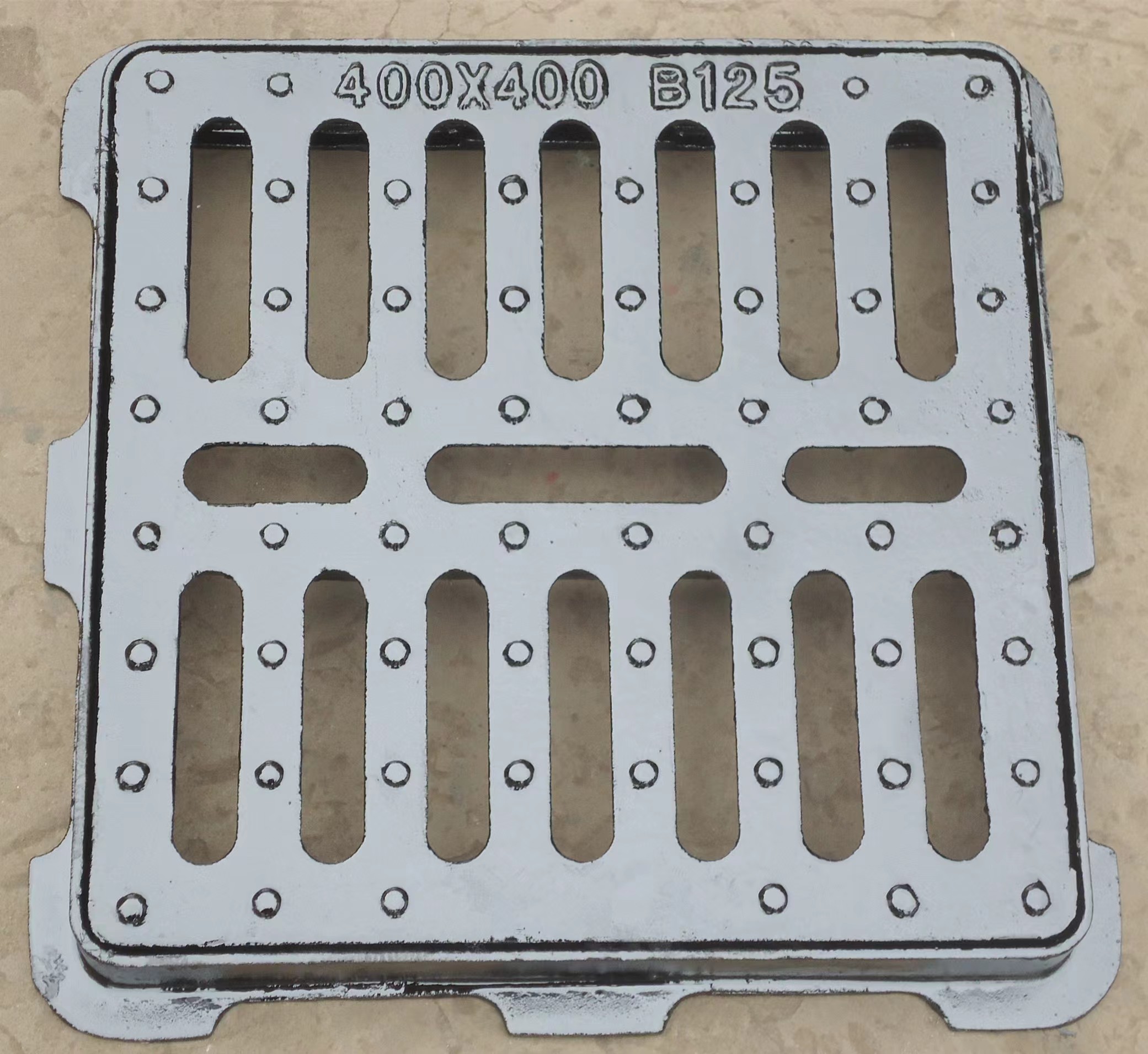Exploring Various Types and Applications of Butterfly Valves in Industrial Systems
Different Types of Butterfly Valves An Overview
Butterfly valves are commonly used in various industries for regulating and isolating flow. They are characterized by a rotating disc that controls the passage of fluid through the valve body. Their simple design and lightweight construction provide several advantages, making them a preferred choice for many applications. In this article, we will explore the different types of butterfly valves, their features, and their typical uses.
1. Wafer Butterfly Valves
Wafer butterfly valves are designed to fit between two flanges. The disc is mounted on a shaft that is traversed through the valve body. This type of valve is widely used in applications where space is limited, as it has a compact design. Wafer butterfly valves are ideal for low-pressure systems and are often found in water treatment facilities, HVAC systems, and various industrial applications.
Unlike wafer butterfly valves, lug butterfly valves have threaded lugs on the valve body that allow them to be bolted directly to flanges on either side. This design facilitates the installation of the valve between flanges without the need for additional equipment. Lug butterfly valves are popular in systems that require frequent maintenance or replacement. They are commonly used in fire protection systems, chemical processing, and wastewater treatment.
3. Double Offset Butterfly Valves
Double offset butterfly valves, also known as high-performance butterfly valves, feature two offsets that provide a more effective sealing mechanism. The first offset is the axis of the valve stem, which is located behind the disc’s centerline. The second offset is the disc’s rotation, which is not centered on the seat. This unique design allows for a tighter seal, making them suitable for applications involving high pressure and challenging media, such as steam and chemicals.
different types of butterfly valves

4. Triple Offset Butterfly Valves
Triple offset butterfly valves take sealing to the next level by incorporating three offsets. The first and second offsets are similar to those in double offset valves, while the third offset is the cone-shaped disc that creates a mechanical, rather than purely elastic, seal. This design significantly reduces wear and extends the lifespan of the valve while providing an effective sealing solution for high-pressure, high-temperature applications. They are commonly used in oil and gas, power generation, and other critical services.
5. Sanitary Butterfly Valves
Sanitary butterfly valves are specially designed for industries that require strict hygiene standards, such as food and beverage, pharmaceuticals, and biotechnology. These valves are made from stainless steel and can be easily disassembled for cleaning and sterilization. Their design minimizes the risk of contamination, making them essential in processes where cleanliness is paramount.
6. Electric and Pneumatic Butterfly Valves
Butterfly valves can be operated manually or automated for enhanced efficiency. Electric butterfly valves use electric actuators to control the opening and closing of the valve, offering precision and remote operation capabilities. Pneumatic butterfly valves, on the other hand, utilize compressed air to actuate the valve, providing rapid operation in high-cycle applications. Both types are commonly used in modern industrial automation systems, where control and efficiency are critical.
Conclusion
Butterfly valves are versatile devices that play a crucial role in fluid control across various industries. With their different types—wafer, lug, double offset, triple offset, sanitary, electric, and pneumatic—there is a butterfly valve suitable for almost every application. When selecting a butterfly valve, it is essential to consider factors such as pressure, temperature, and the nature of the fluid being handled. By understanding the unique features and advantages of each type, engineers and system designers can make informed decisions that enhance the efficiency and reliability of their fluid systems.
-
The Smarter Choice for Pedestrian AreasNewsJun.30,2025
-
The Gold Standard in Round Drain CoversNewsJun.30,2025
-
The Gold Standard in Manhole Cover SystemsNewsJun.30,2025
-
Superior Drainage Solutions with Premium Gully GratesNewsJun.30,2025
-
Superior Drainage Solutions for Global InfrastructureNewsJun.30,2025
-
Square Manhole Solutions for Modern InfrastructureNewsJun.30,2025
-
Premium Manhole Covers for Modern InfrastructureNewsJun.30,2025
